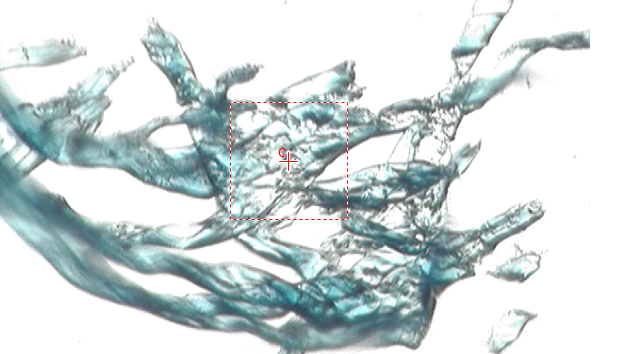Why Some Fabrics Shed More Microfibers Than Others

Editor’s Note: This post is part of a series highlighting research at NC State on textile sustainability.
Textiles, including clothing, can shed tiny particles of synthetic or natural fibers into the air and water. Scientists are concerned about the effect of these microfibers on human and animal health since some of these materials can persist in the environment, and wind up in the food chain.
To get a better understanding of how microfibers are generated from cotton fabrics, North Carolina State University researchers studied how treating fabrics with dyes, softeners and other chemicals impacts both the production and degradation of cotton microfibers.
The Abstract spoke with Richard Venditti, Ellis-Signe Olsson Professor of Pulp and Paper Science and Technology at NC State, about some of the recent work he and his collaborators have done on cotton microfibers.
TA: What are microfibers, how do they get into the environment, and what is the problem with that?
Venditti: Microfibers are small fibers that come off your clothes. They can come off when you’re actually wearing your clothes, and then they come off your clothes when you’re washing them in the washing machine. In the dryer, much of it is caught by the dryer lint screen, but some of it actually goes into the air. From the washing machine, all of these microfibers go into the water and they’re discharged to a river, septic system or waste treatment plant. The waste treatment plant gets rid of some of them, but some of them are discharged into the environment. Some are cotton, polyester or other types of fabrics. The polyester microfibers are considered microplastics, which are a pollutant of current concern. We really don’t know the environmental impact of microplastics yet, but we see that they now exist in measurable quantities in human beings, wildlife, soil and plants. People now are trying to understand the health impacts.
TA: What kinds of fabrics produce them?
Venditti: Textiles are mostly made of cotton and polyester. We know that the cotton is going to biodegrade in the environment, but polyester is going to stay in the environment almost forever. The polyester microfibers are a real permanent pollutant in our environment. With the cotton, one of our main concerns is, as the cellulose degrades, what happens to the fabric finishes? I don’t think we really want microfibers no matter what; whether it’s polyester or cotton. We’d prefer to have them stay in our clothes.
TA: You recently did a study into how dyes and finishes can impact how microfibers are released. What did you find?
Venditti: We wanted to know: If you have dyes and finishes on the cotton, does that have any impact on how microfibers are shed from the clothes during washing or drying? What we found out was that some of the dyes and finishes actually increase the amount of microfibers generated, and some decrease the amount of microfibers.
In general, we found that softener and durable press, which helps with softness and decreases the amount of wrinkling, respectively, actually created more microfibers. Dye really didn’t affect the amount of microfibers released.
As society goes further into trying to solve problems with microfibers, industry can use this information to understand how dyes and finishes can affect microfiber shedding.
TA: What did you find for how dyes and finishes impact cotton microfiber biodegradation?
Venditti: We took solids from wastewater and diluted them down to mimic the biological activity that you might find in a lake, river or ocean. What our results found were that all of the cotton fibers, no matter how they were treated, degraded to a very high extent and rapidly. Some of the finishes slowed down the biodegradation process, but none stopped it. We also found that softener actually increased the biodegradation rate. That might point to some ways to make things more biodegradable.
- Categories:


